Field Clearing Timing and Best Practices
Field clearings involve removing unwanted vegetation, brush, or trees to prepare land for agricultural, development, or maintenance purposes. Proper timing ensures effectiveness, reduces regrowth, and minimizes environmental impact. Understanding seasonal patterns and plant growth cycles is essential for scheduling clearings effectively.
Spring is ideal for clearing as it allows for early preparation before planting seasons. It helps control spring growth and reduces competition for crops.
Summer clearings are suitable for managing overgrowth and preparing land for late-season planting or maintenance.
Autumn is effective for removing dead or dormant vegetation, making it easier to prepare land for winter.
Winter clearings are best for areas with minimal plant activity, reducing disturbance during peak growth periods.

Ways to make Field Clearings work in tight or awkward layouts.

Popular materials for Field Clearings and why they hold up over time.

Simple add-ons that improve Field Clearings without blowing the budget.

High-end options that actually feel worth it for Field Clearings.

Finishes and colors that play nicely with Field Clearings.

Little measurements that prevent headaches on Field Clearings day.
Field clearing is a critical process in land management, involving the removal of unwanted vegetation to improve land usability. It is often performed using machinery, manual labor, or a combination of both, depending on the size and type of land. Proper timing can significantly impact the success of clearing efforts, influencing regrowth rates, soil health, and subsequent land use.
| Season | Recommended Activities |
|---|---|
| Spring | Early removal of overgrowth, preparation for planting |
| Summer | Managing rapid growth, controlling invasive species |
| Autumn | Clearing dead vegetation, soil preparation |
| Winter | Minimal disturbance, planning for upcoming season |
| Dry Conditions | Easier vegetation removal, less soil compaction |
| Post-Rainfall | Effective for certain invasive species removal |
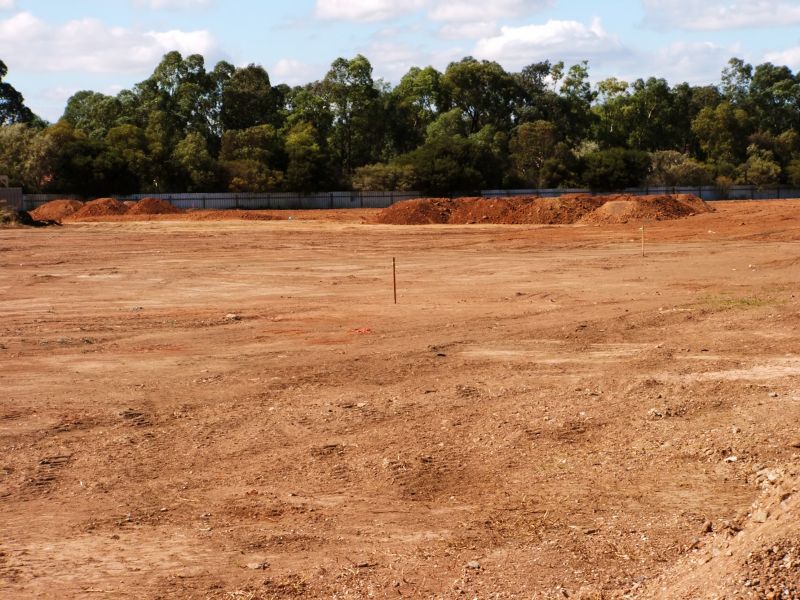
A 60-second routine that keeps Field Clearings looking new.
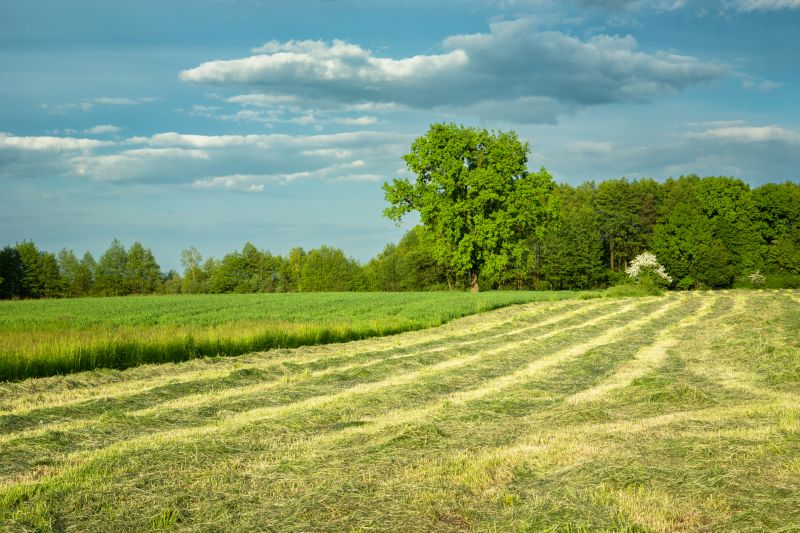
A frequent mistake in Field Clearings and how to dodge it.
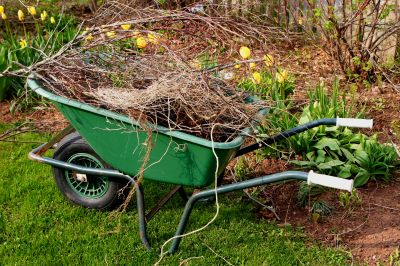
Small tweaks to make Field Clearings safer and easier to use.
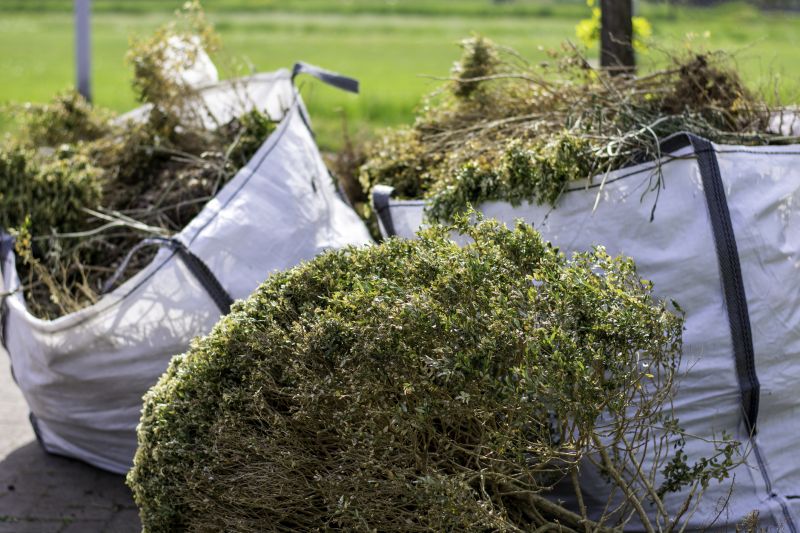
Lower-waste or water-saving choices for Field Clearings.
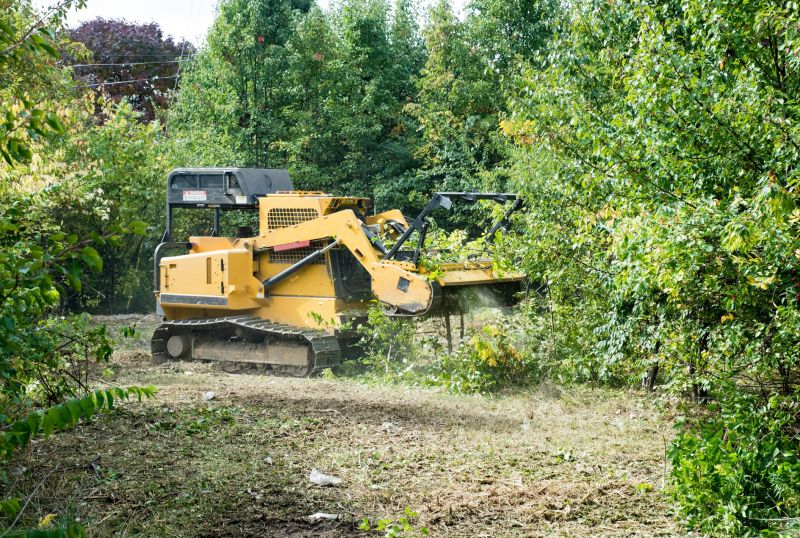
The short, realistic tool list for quality Field Clearings.
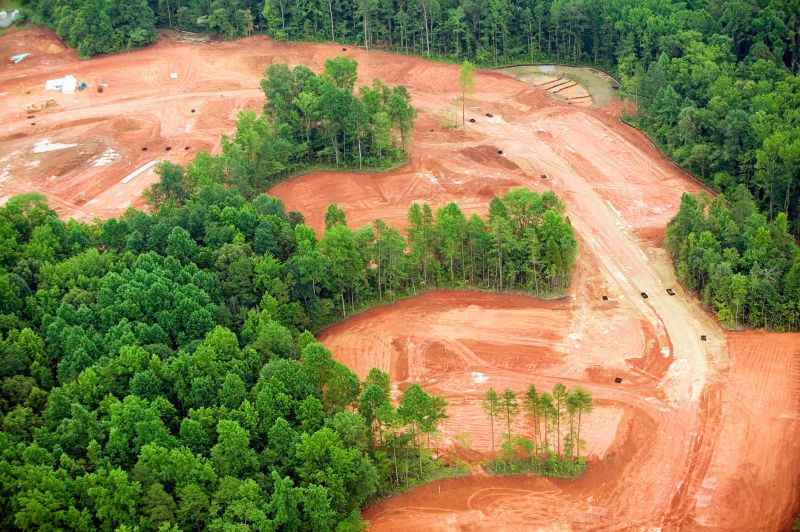
Rough timing from prep to clean-up for Field Clearings.

Quick checks and paperwork to keep after Field Clearings.

Examples that show the impact a good Field Clearings can make.
Choosing the right time for field clearing depends on local climate, plant species, and land use goals. Proper planning ensures the most efficient removal, reduces the need for repeated efforts, and supports sustainable land management practices. Consulting with land management professionals can help determine the optimal timing for specific projects.
Individuals interested in scheduling field clearings are encouraged to contact for more detailed information and planning assistance. Proper timing contributes to successful land management and long-term land usability.
